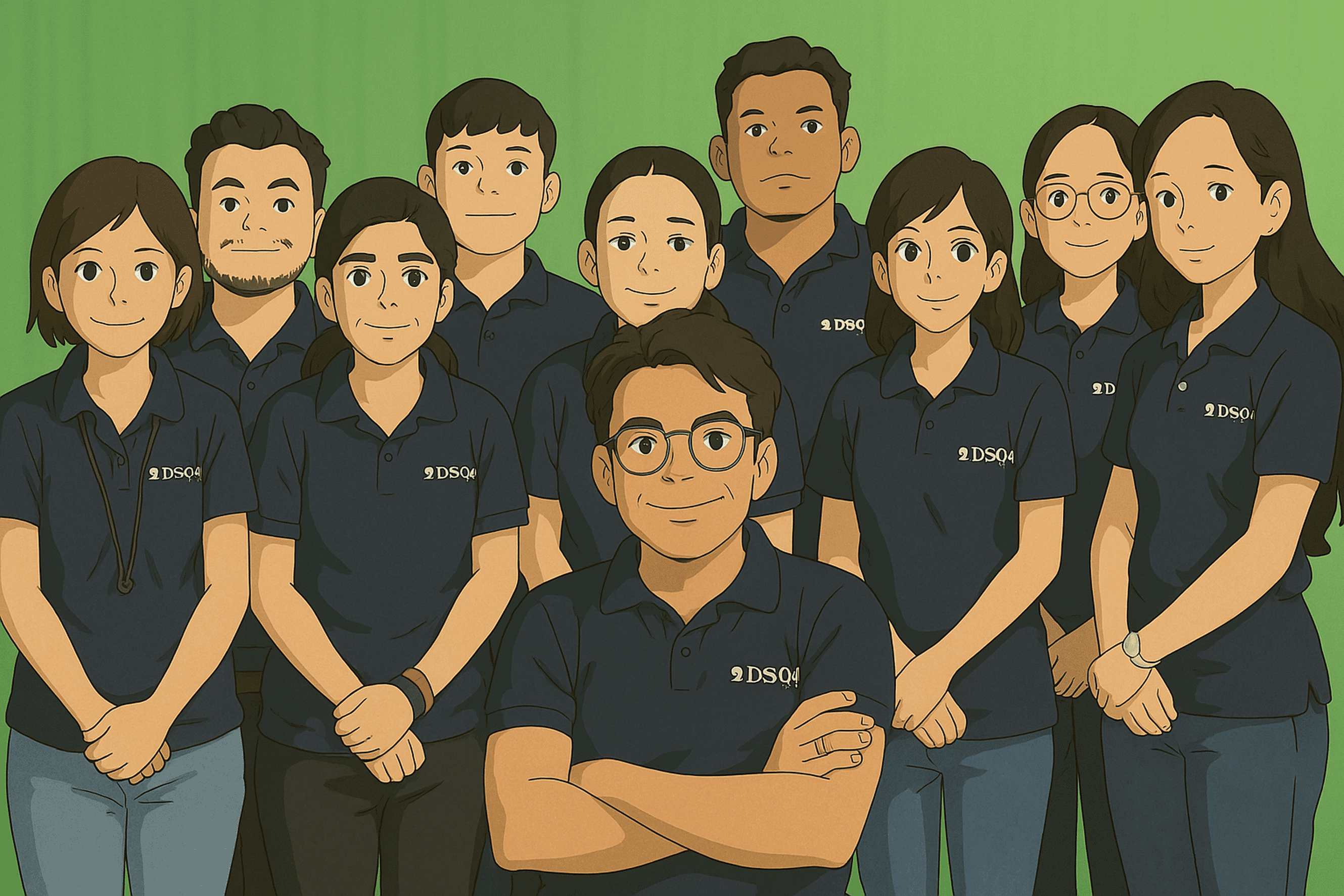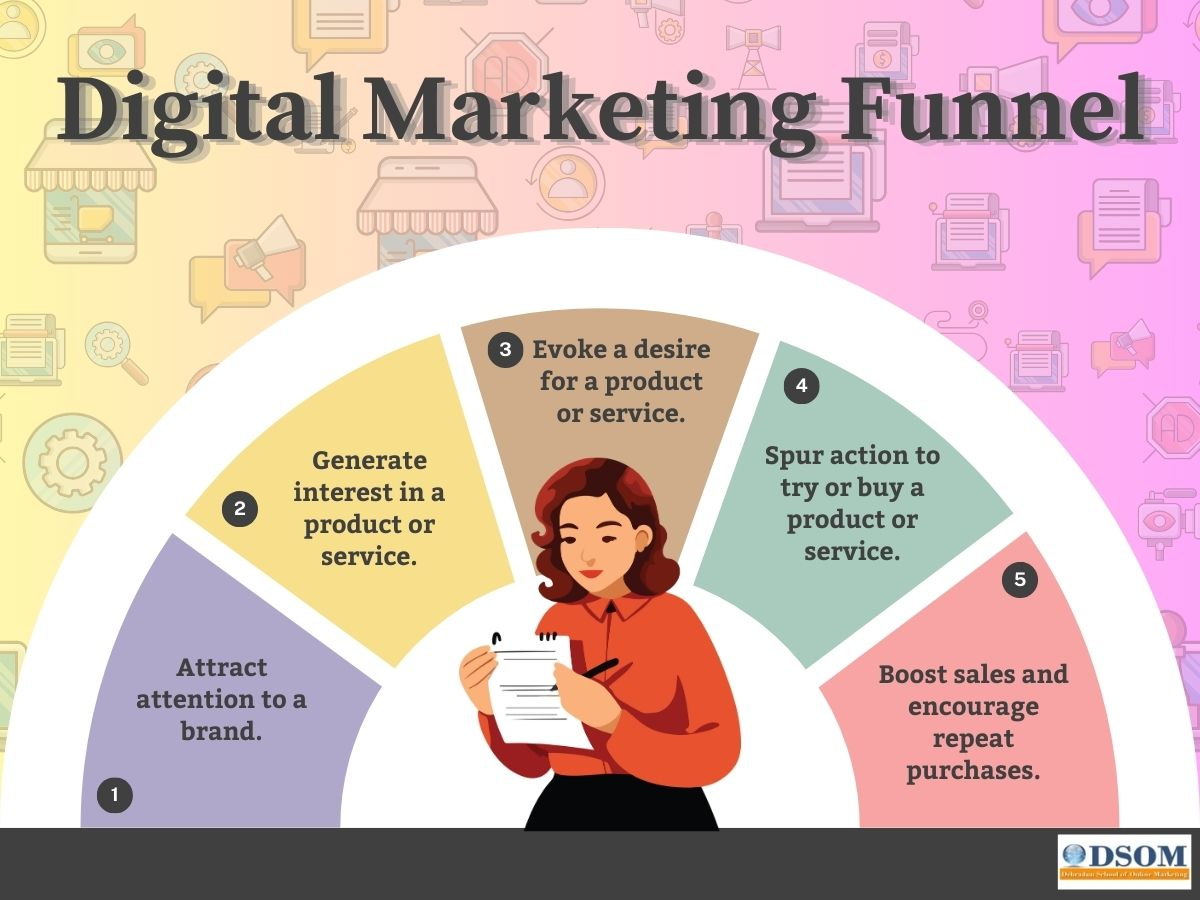In a world filled with constant visual noise and information overload, minimalism in graphic design has emerged as a breath of fresh air. It's an art form that focuses on simplicity and stripping away the unnecessary to create powerful and effective visuals. In this blog, we'll explore the art of minimalism in graphic design, offering tips, examples, and inspiration for both aspiring and seasoned designers.
The Essence of Minimalism
Minimalism in graphic design is all about achieving more with less. It's like a chef using only a handful of high-quality ingredients to create a masterpiece, or a painter using a few brush strokes to convey profound emotions. At its core, minimalism aims to deliver a clear and concise message while maintaining elegance and sophistication.
Less is More
One of the fundamental principles of minimalism is the "less is more" approach. This means removing all elements that don't serve a specific purpose. When designing, think about what elements are essential to convey the message and eliminate the rest. For instance, if you're creating a poster for a concert, you might use just the name of the artist, date, venue, and a simple, eye-catching image.
Clean and Simple Typography

Typography plays a vital role in minimalism. Opt for clean, sans-serif fonts that are easy to read. Use typography as a design element itself. Consider different weights, sizes, and spacing to create contrast and hierarchy. This will help guide the viewer's eye and emphasize the most important elements of your design.
Whitespace is Your Friend
Whitespace, or negative space, is the empty space around and between design elements. It's not just "empty" space; it's a powerful tool that helps your design breathe. Use whitespace strategically to give your design a sense of balance and clarity. It allows the viewer to focus on what's important without distractions.
Minimalist Color Palette

In minimalism, the color palette is often limited to a few carefully chosen hues. These colors are used intentionally to create harmony and impact. Simplicity is key, so avoid unnecessary gradients and excessive colors. A monochromatic or analogous color scheme can work wonders in a minimalist design.
Black and White

One classic example of minimalism in graphic design is the use of black and white. This timeless combination creates high contrast and evokes a sense of elegance. A black and white design can be both powerful and sophisticated.
Accent Colors
While minimalism often involves a limited color palette, you can introduce an accent color to draw attention to specific elements. This splash of color can be highly effective in creating focal points.
Imagery and Iconography

In minimalist graphic design, the choice of imagery and icons is critical. Often, a single, striking image or icon can convey the entire message. When selecting visuals, ensure they are relevant to the content and communicate the essence of the design. Silhouettes, simple line drawings, and geometric shapes are commonly used in minimalistic designs.
The Power of Simplicity

Consider using icons or images that are stripped down to their simplest form. A basic representation of an object or concept can be more powerful and memorable than a detailed illustration.
Balance and Symmetry
Minimalism often relies on balance and symmetry to create a sense of order and harmony. Centered or perfectly aligned elements can give a design a structured and tranquil feel.
Design Elements
Minimalism doesn't mean that your design has to be dull or lacking in creativity. You can still incorporate artistic and unique elements that align with your message. Here are some tips for doing just that:
Geometric Shapes
Simple geometric shapes, like squares, circles, and triangles, can be used creatively to form patterns or backgrounds that add depth and interest to your design.
Play with Scale
Experiment with the scale of design elements. Enlarging or reducing certain elements can create a sense of contrast and emphasis.
Negative Space Art
Use negative space as an artistic element itself. Sometimes, it can form hidden shapes or messages within the design, adding an element of intrigue.
Real-World Minimalist Design
To truly understand and appreciate minimalism in graphic design, let's take a look at some real-world examples:
Image 1: Minimalist Poster

This poster for a music festival uses a simple color palette, bold typography, and a minimalistic guitar icon to convey the event's message with clarity and style.
Image 2: Clean Website Design

This website design features ample whitespace, a monochromatic color scheme, and an uncluttered layout. It's easy to navigate and visually appealing.
Image 3: Product Packaging

This packaging design for a skincare product demonstrates the use of a limited color palette and a clean, minimalist layout. The focus is on the product itself.
Finding Your Inspiration
If you're looking for inspiration to create your own minimalist designs, consider the following sources:
Art and Photography
Explore minimalist artists and photographers whose work embodies the essence of simplicity and elegance.
Design Books and Magazines
There are numerous books and magazines dedicated to minimalist design, showcasing the best examples from around the world.
Online Design Communities
Join design forums and communities where designers share their work and provide feedback.
Nature and Architecture
Both nature and architectural design often embody the principles of minimalism. Study their forms and lines for inspiration.
Conclusion
Minimalism in graphic design is about creating visual impact through simplicity and precision. It's a design philosophy that has stood the test of time, offering a timeless and elegant approach to visual communication. Whether you're designing a poster, website, or product packaging, the principles of minimalism can help you convey your message effectively and beautifully. So, embrace the art of minimalism, experiment with simplicity, and let your designs speak volumes with fewer words and elements.
 How to Turn Your Photos into Ghibli-Style Art with ChatGPT for Free
How to Turn Your Photos into Ghibli-Style Art with ChatGPT for Free Top 10 AI Tools for Plagiarism-Free Content Writing: Boost Your SEO & Digital Marketing Efforts
Top 10 AI Tools for Plagiarism-Free Content Writing: Boost Your SEO & Digital Marketing Efforts The Rise of Graphic Designing in 2025: A Career Guide.
The Rise of Graphic Designing in 2025: A Career Guide. The Rise of Video Editing: A Crucial Skill in 2025
The Rise of Video Editing: A Crucial Skill in 2025 Top 10 Digital Marketing trends in 2025
Top 10 Digital Marketing trends in 2025 Common Mistakes in Digital Marketing and How to Avoid Them 2025
Common Mistakes in Digital Marketing and How to Avoid Them 2025 The Future of Digital Advertising: What You Need to Know
The Future of Digital Advertising: What You Need to Know Social Media Marketing in 2024: Strategies for Maximum Engagement
Social Media Marketing in 2024: Strategies for Maximum Engagement Building a Successful Digital Marketing Funnel: A Step-by-Step Guide
Building a Successful Digital Marketing Funnel: A Step-by-Step Guide 5 ways to make money from home using AI (Artificial-Intelligence) in 2024
5 ways to make money from home using AI (Artificial-Intelligence) in 2024